We chatted with longtime mentors Greg Kyle and Dave Burgess about their time at AM. Below they share why they love teaching our students and their takes on the way the animation industry has changed since 2005.


We chatted with longtime mentors Greg Kyle and Dave Burgess about their time at AM. Below they share why they love teaching our students and their takes on the way the animation industry has changed since 2005.

Pixar Animator and Animation Mentor graduate Luis Uribe shares his animation journey and advice in English y en español. ¡Sigue leyendo para aprender más!

We’re so excited to announce our 2019 student showcase and we hope you enjoy the work of these talented students as much as we do!
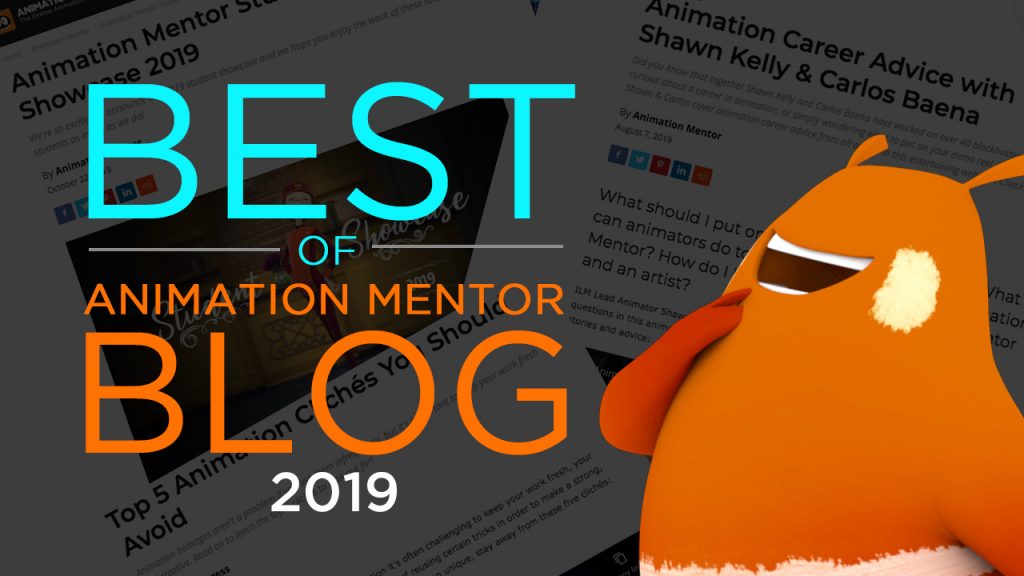
We are beyond excited to introduce a brand new workshop this fall taught by Jay Jackson! Jay’s workshop, 2D Animation for Beginners, will teach traditional animation with modern tools and is perfect for all of you animation nerds out there! Read on to learn more about Jay and our awesome workshop.
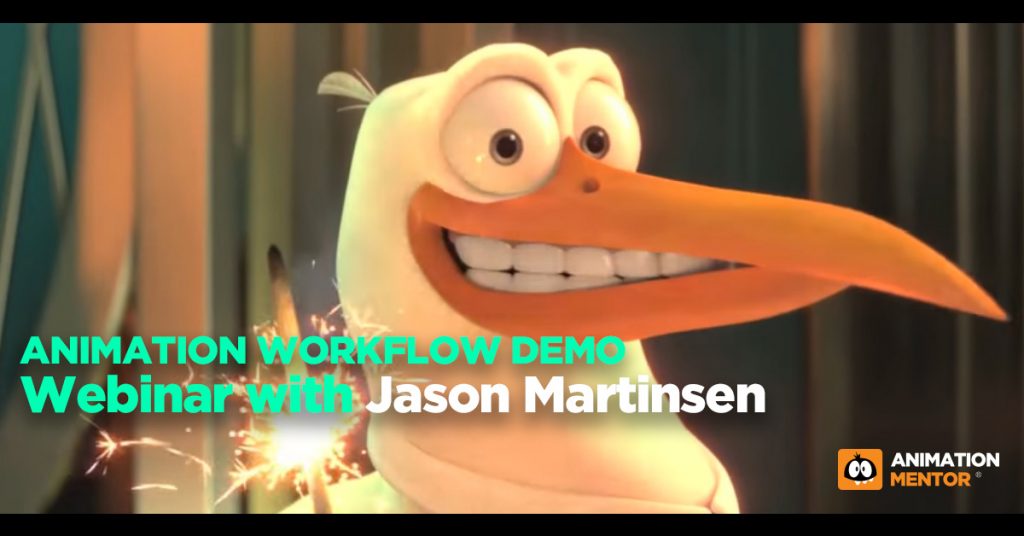
Animation homages aren’t a problem if you use them infrequently, but it’s important to keep your work fresh and creative. Read on to learn the top 5 clichés to look out for!
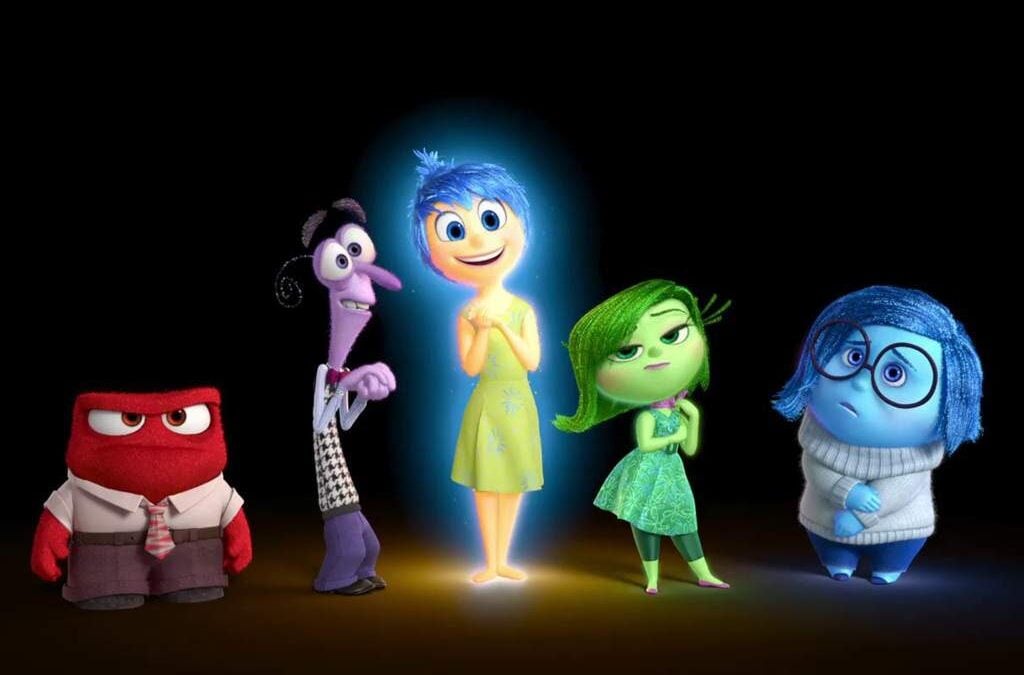
Get animation tips from our blog series on Animating the 6 Basic Emotions. Polish your demo reel with advice from professional animators!
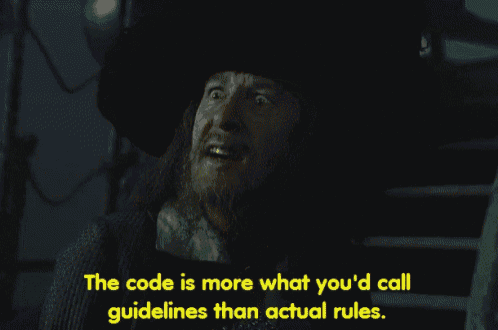
Our new blog series focuses on Animating the Six Basic Emotions, and we’re covering them one emotion at a time!
Next up is Happiness, with Kevin Koch! 😀

Framestore animator Natalia Falowksa chats about her work on The Lion King, her time at two large VFX studios, and her school experience!
First up is DreamWorks animator Tim Ingersoll with tips on animating Sadness! 🙁
Animation Mentor alum and OpenPixel Studios Co-Founder Kathryn Taccone shares her student experience and animation advice, and reaffirms the importance of having diverse voices in film.

We’re so excited to introduce brand new Maya Mentor and former Pixar Animator, Carolina Lopez Dau! Like our workshop, Maya en Español, the Q&A below is in Spanish AND English. Check it out!

Take your body mechanics and facial animation to the next level with Chadd Ferron as he shares tips on animating Surprise!

Ever smelled boiled brussel sprouts? Yep, they’re disgusting. Learn how to animate that face you just made with facial animation tips from Jay Davis!

Does facial animation have you bristling with rage? Channel that anger and perfect your acting shots with tips from Pixar animator Anthony Wong!

Take your facial animation to the next level with Keith Sintay as he shares tips and tricks on animating Fear, one of the 6 Basic Emotions!

Professional animator Kevin Koch shares his tips and tricks for animating “Happiness.” It’s not as straightforward an emotion as it may seem!

DreamWorks animator Tim Ingersoll shares the key to successfully and believably animating “Sadness.” Pro tip: It begins in the eyes.

Lead Animator at Industrial Light & Magic, Shawn Kelly shares why you need more creature animation in YOUR demo reel, regardless of the studios you are applying to. Read along and then go polish your demo reel!
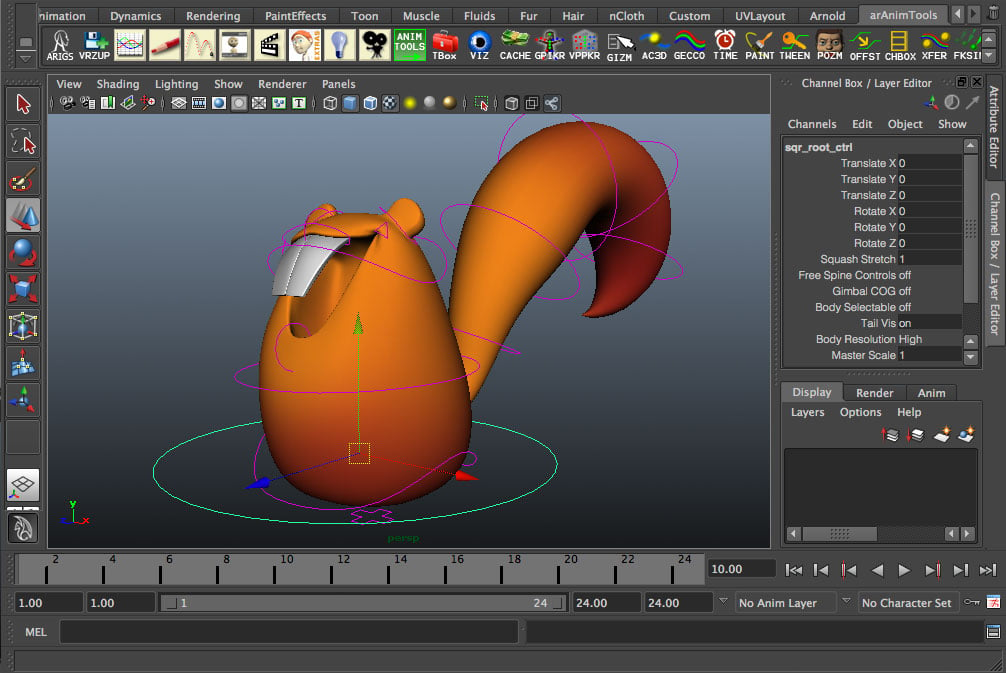
Why do Animation Mentor students use Autodesk Maya? Is this animation software really that important? Can I learn it on my own?
For answers to these and other important questions, read 5 Reasons Why 3D Animators Should Know Autodesk Maya.

Hey kids and kids at heart! Ever wonder what happened to your favorite Saturday morning cartoons? Anne Choi takes a nostalgic look back at the evolution of classic cartoon favorites.
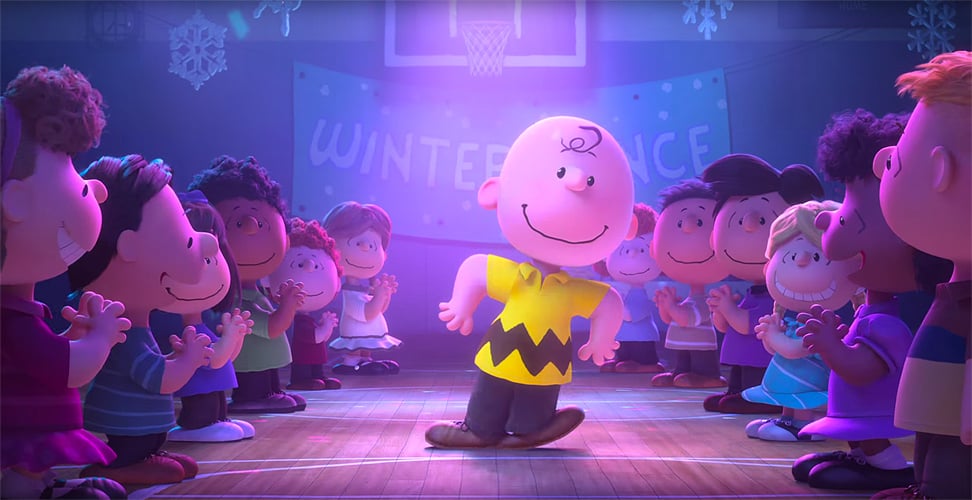
We asked former student, current mentor, and Blue Sky Studios animator Dan Segarra, “Do you need...

What are some effective blocking methods? This is a question that students ask a lot! According to...